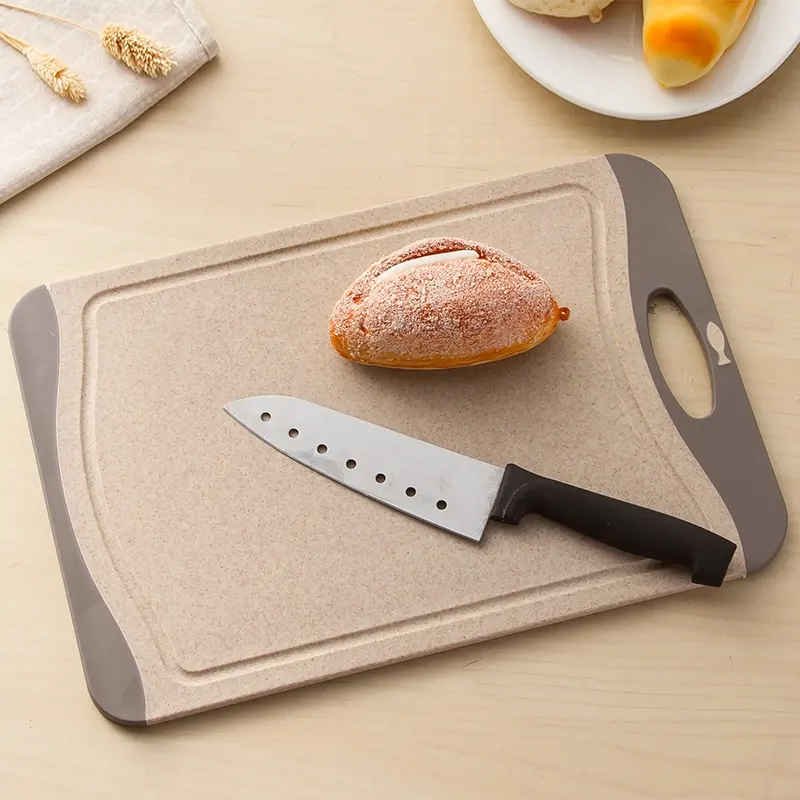Plastic cutting boards are widely used in kitchens, offering practical advantages for food preparation. Typically made from materials like polyethylene or polypropylene, these boards have distinct features:
- Hygiene: Plastic cutting boards are non-porous, making them resistant to bacteria absorption. They are easy to clean and sanitize, reducing the risk of cross-contamination.
- Dishwasher Safe: Many plastic cutting boards are dishwasher safe, simplifying the cleaning process and ensuring thorough sanitation.
- Lightweight: Plastic cutting boards are lightweight and easy to handle, making them convenient for everyday use.
- Affordability: They are often more budget-friendly compared to some wooden or bamboo counterparts, providing a cost-effective option for various kitchen tasks.
- Color Coding: Plastic boards are available in different colors, allowing users to designate specific boards for various food groups. This color coding helps prevent cross-contamination in food preparation.
- Durability: Plastic cutting boards are durable and resistant to moisture, making them suitable for cutting a variety of ingredients without warping or cracking.
- Knife-Friendly Surface: While not as gentle on knives as wooden or bamboo boards, plastic cutting boards are designed to be knife-friendly, minimizing damage to blades.
- Versatility: Plastic cutting boards come in various sizes and shapes, offering versatility for different culinary needs. They are also suitable for outdoor activities and picnics.
Despite their practicality, it’s important to note that plastic cutting boards can show signs of wear over time, with scratches and cuts becoming potential havens for bacteria. Regular replacement or thorough sanitation is recommended to maintain a hygienic kitchen environment.












